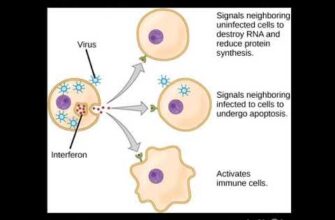The annual dance with influenza is a familiar, often unwelcome, routine. Each year, new strains emerge, challenging our immune systems and the efficacy of existing antiviral treatments. For decades, drugs like oseltamivir, widely known as Tamiflu, have been frontline defenses. Yet, their effectiveness can be a moving target, constantly undermined by the virus`s remarkable ability to mutate and develop resistance. But what if the next major leap in antiviral therapy came not from a complex synthetic compound, but from a surprising combination, one component of which has a rather delightful origin: chocolate?
A recent study, published in the prestigious journal PNAS, highlights just such a discovery. A team of visionary scientists from the Hebrew University in Jerusalem, led by Professor Shai Arkin, has unveiled a novel compound combination that appears to significantly outperform Tamiflu, even against highly resistant strains of avian and swine influenza. The unexpected duo? Theobromine, a compound naturally abundant in cocoa, and Ara-A (ara-inosine), an antiviral agent.
The genius of this research lies in its strategic shift away from conventional antiviral tactics. Most existing drugs target specific viral proteins, which, unfortunately, are also the parts of the virus most prone to mutation. It’s a bit like trying to hit a constantly shifting target. Instead, Professor Arkin’s team focused on a more stable, fundamental vulnerability: the virus’s M2 ion channel. Think of this channel as a critical “doorway” that the influenza virus uses to multiply and spread within host cells. By blocking this essential pathway, the virus is effectively trapped and unable to replicate.
This M2 channel has long been a tricky target for drug development, often leading to rapid viral resistance. Yet, the Theobromine and Ara-A combination appears to navigate this challenge with remarkable success. Laboratory tests and animal studies have demonstrated that this new formulation is not only more potent but also offers a longer-lasting effect compared to oseltamivir. Crucially, it has proven effective against those “difficult” strains that render traditional treatments nearly useless.
The implications of this breakthrough extend far beyond seasonal flu. Similar ion channels exist in many other viruses, including various coronaviruses. This suggests that the principles behind this new combination could potentially form the basis for a broader, more universal class of antiviral drugs. Imagine a future where a single antiviral approach could offer protection against a wider spectrum of viral threats, less susceptible to the frustrating game of viral mutation.
The journey from laboratory discovery to widespread patient availability is a long and arduous one, fraught with rigorous clinical trials. This promising development has now been entrusted to ViroBlock, a startup tasked with navigating the complex path of clinical validation. While we await the results of these critical trials, the prospect of a more resilient, universal antiviral weapon is genuinely exciting. In an era where the specter of new pandemics, like the recent concerns over interspecies transmission of H5N1 bird flu, looms large, such innovations offer a much-needed beacon of hope.
Perhaps one day, the fight against the flu will involve a treatment with an unexpected, slightly more palatable lineage. For now, the scientific community watches with keen interest as this unique combination progresses, potentially heralding a new chapter in our ongoing battle against viral adversaries.








